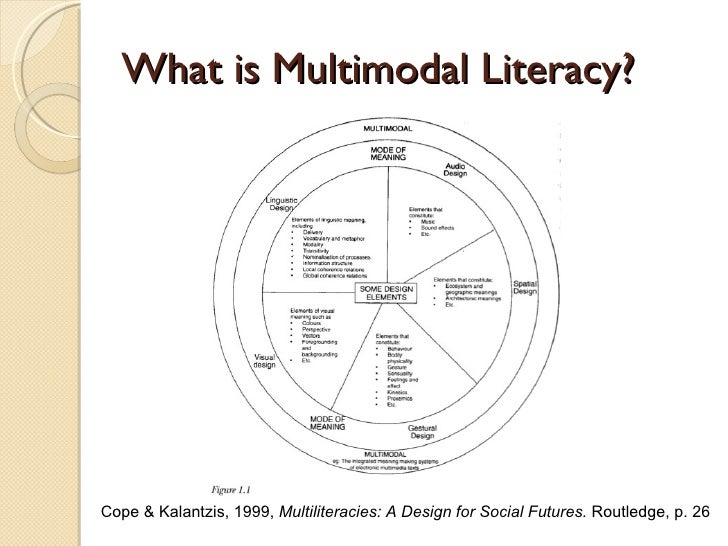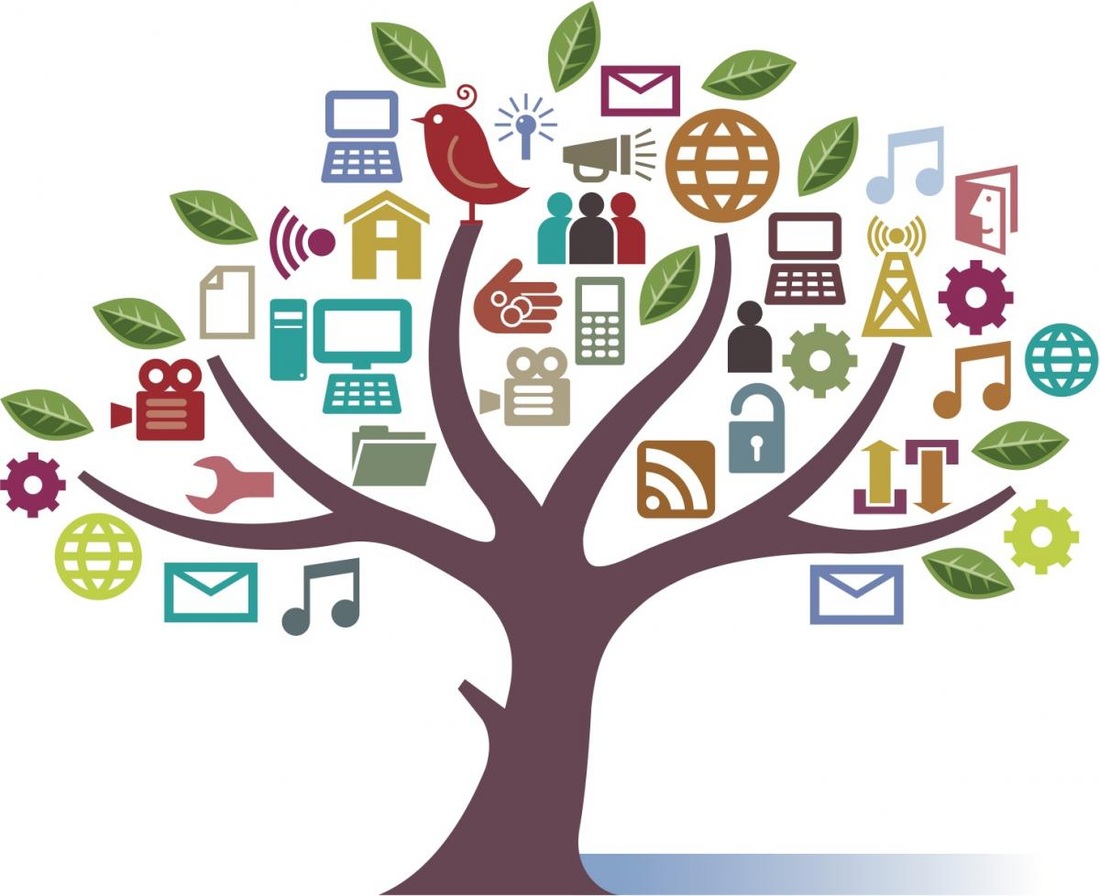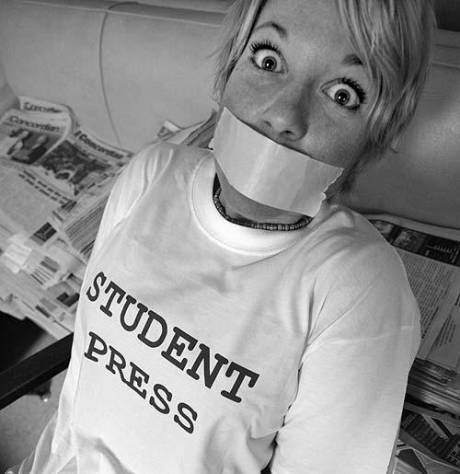During the process of maintaining and writing this blog, I can feel a stronger connection between the relationship of my blog writing, to that of my academic writing. The styles of both are, of course, not exactly similar to one another. They are after all produced on very different mediums (one is on a blog for audiences online, while the other is on paper for my Professor). However, I can feel myself growing more comfortable with incorporating my own voice into my academic writing, simply because I’ve been practicing so much of that on this blog. Though my academic writing is much more formal and structured in style, the principle of putting the writer’s point of view into whatever she writes should stay nonetheless true.

More similar to blog-style writing than other writing assignments was the multimodal essay. This essay was perhaps the most natural to write because it felt as though I was writing another blog post, reflecting on my process of designing my multimodal project and discussing my thoughts about certain parts of the process.
It is not just blogging, however, that has improved my overall writing. My practice in writing so many rhetorical essays has in turn also informed my blog writing, as I can see myself incorporating certain more “formal” or “sophisticated” elements once in a while into certain posts, such as word choice or structural choices.

Overall, I can see how running this blog while continuing to write rhetorical essays throughout the quarter are all assignments that work well together in that they mutually improve my writing abilities in both sectors. Though the modes and audiences to whom I write are vastly different, certain principles and aspects of my writing remain consistent throughout all of the assignments, such as the voice and sophistication that I am able to present in my writing.
Images Cited
http://www.cyberalert.com/blog/wp-content/uploads/2015/11/blogging.jpg
http://beloil-poland.pl/wp-content/uploads/2015/02/fountain-pen-on-paper.jpg


 While investigating the exact definition of a multimodal composition, I came across this
While investigating the exact definition of a multimodal composition, I came across this 











 Not surprisingly, I found myself having to make several revisions of these questions, especially to the last one regarding censorship. I initially approached the question asking: Do you think school administrators should be given power to monitor the content that goes into student newspapers? I felt that there was some bias present because there was a clear conflict presented between the administrator and the student. Furthermore, I felt as though the question itself suggested that there was an obvious answer by asking whether an “administrator” should take part in what is usually a “student run” activity. While this was not my intent, I realized that I would not be able to explain this to the people I was surveying, so I ended up revising it to: Should there be restraints on what goes into student run newspapers? By whom, to what extent, and why?
Not surprisingly, I found myself having to make several revisions of these questions, especially to the last one regarding censorship. I initially approached the question asking: Do you think school administrators should be given power to monitor the content that goes into student newspapers? I felt that there was some bias present because there was a clear conflict presented between the administrator and the student. Furthermore, I felt as though the question itself suggested that there was an obvious answer by asking whether an “administrator” should take part in what is usually a “student run” activity. While this was not my intent, I realized that I would not be able to explain this to the people I was surveying, so I ended up revising it to: Should there be restraints on what goes into student run newspapers? By whom, to what extent, and why? 

